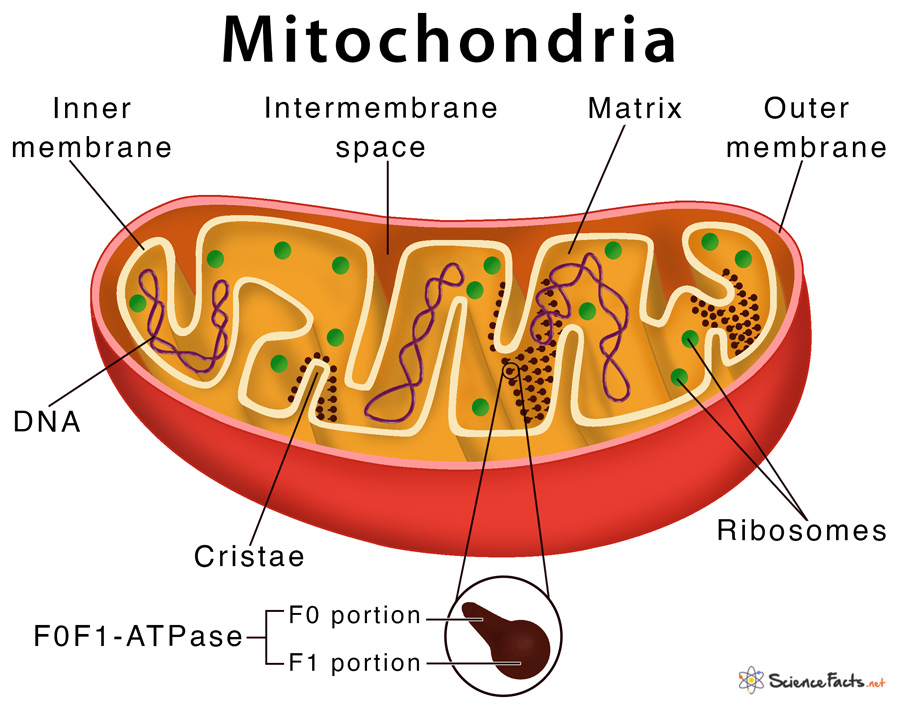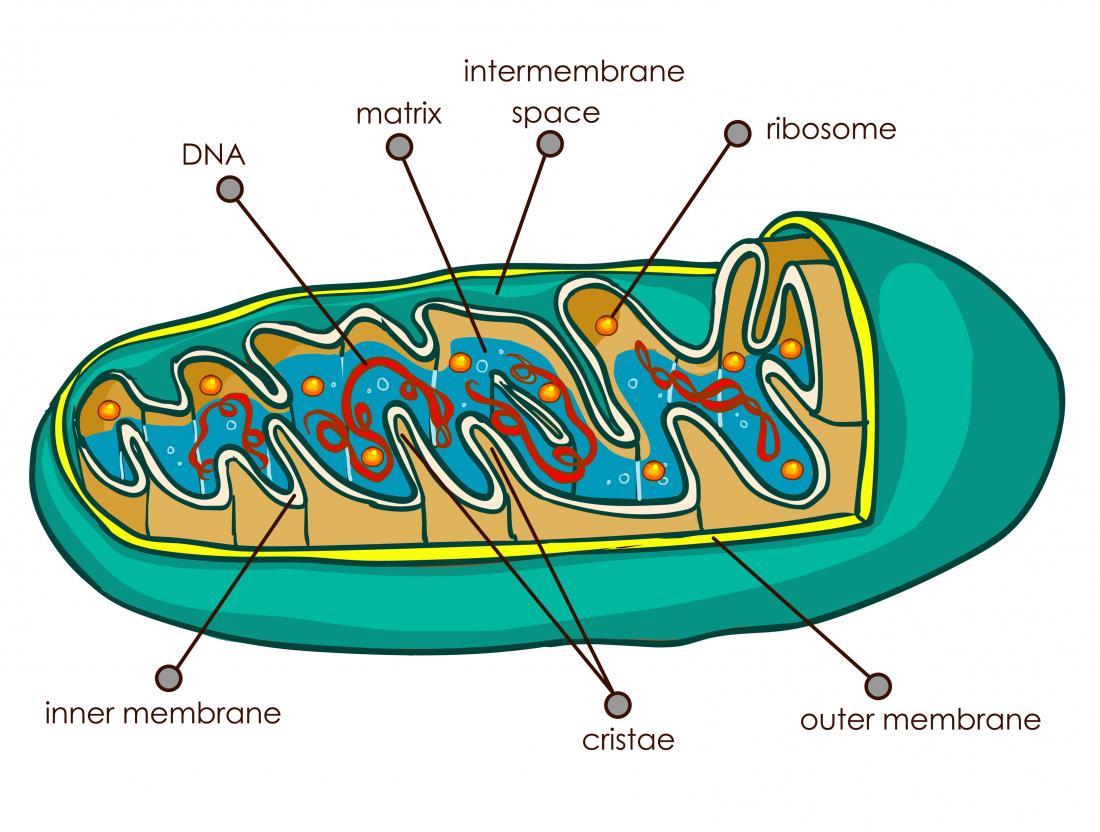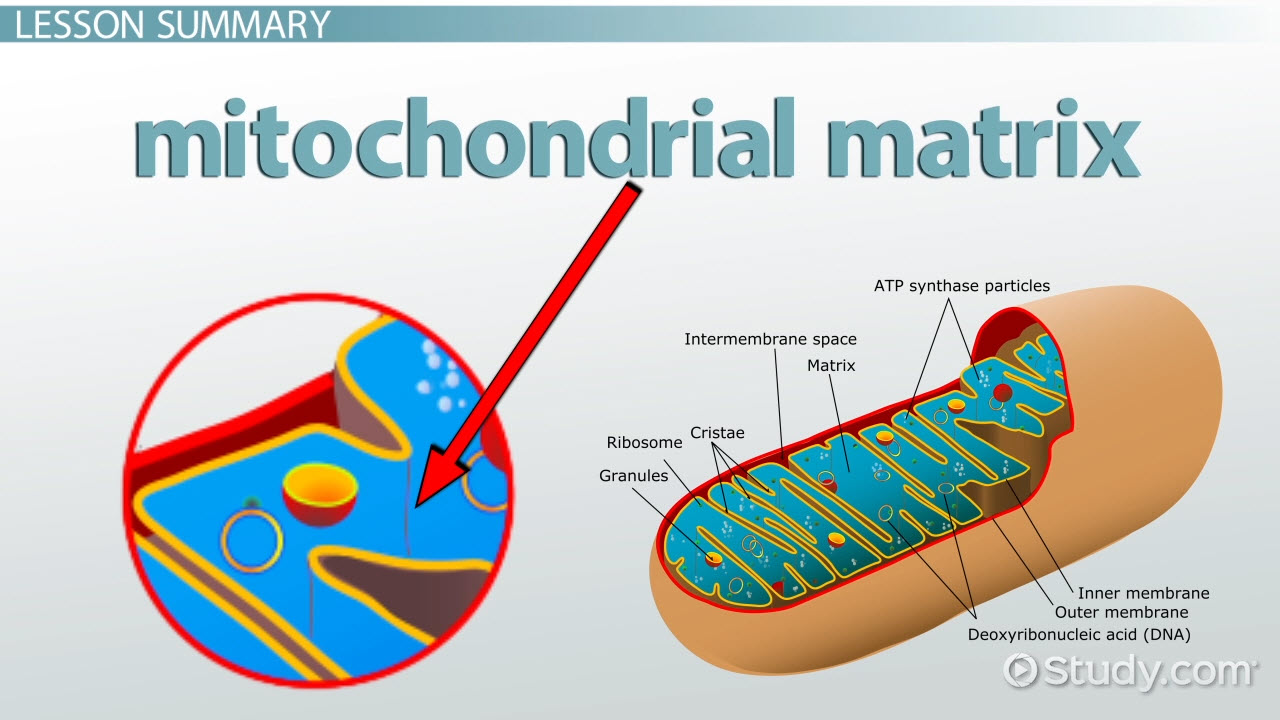Do mitochondria have stroma? This question delves into the fundamental differences between the energy-producing powerhouses of cells, mitochondria, and the photosynthetic factories of plants, chloroplasts. While both organelles play crucial roles in cellular function, their structures and internal environments differ significantly. This exploration will delve into the unique characteristics of both mitochondria and chloroplasts, comparing their internal components and highlighting the distinct roles they play in sustaining life.
Mitochondria, often referred to as the “powerhouses of the cell,” are responsible for cellular respiration, the process that converts nutrients into usable energy in the form of ATP. Their structure, characterized by an outer membrane, an inner membrane folded into cristae, and a central matrix, reflects their vital role in energy production. In contrast, chloroplasts, the sites of photosynthesis in plant cells, are defined by their unique internal compartments, including the stroma, a fluid-filled space surrounding the thylakoid membranes.
This stroma serves as the site for the Calvin cycle, a key stage of photosynthesis where carbon dioxide is converted into sugars.
Understanding Stroma
Alright, so you’re probably wondering what stroma is, right? Well, imagine a plant cell as a massive factory. The stroma is like the factory floor, where all the important stuff happens to make energy for the plant.
Stroma in Plant Cells
The stroma is a thick fluid that fills the chloroplasts of plant cells. It’s like the cytoplasm of the chloroplast, but it’s got a whole lot more going on. It’s where the magic of photosynthesis happens, basically.
The Role of Stroma in Photosynthesis
The stroma is the site of the light-independent reactions of photosynthesis, also known as the Calvin cycle. Think of it as the second stage of photosynthesis, where the energy from sunlight is used to make glucose, which is the plant’s food. The stroma contains all the enzymes and molecules needed to make this happen.
Key Components of Stroma
The stroma is packed with all sorts of important stuff. Here’s a breakdown:
- Enzymes: These are like tiny machines that speed up chemical reactions. They’re essential for the Calvin cycle to work properly.
- DNA: Yep, the stroma even has its own DNA! It’s called chloroplast DNA, and it’s responsible for making some of the proteins needed for photosynthesis.
- Ribosomes: These are the protein-making factories of the stroma. They use the DNA to make the proteins that are needed for photosynthesis.
- Thylakoid Membranes: These are stacks of flattened sacs that are embedded in the stroma. They contain chlorophyll, which is the green pigment that absorbs light energy for photosynthesis.
- Starch Granules: These are like little storage containers for glucose. The plant makes glucose during photosynthesis and stores it in these granules for later use.
Mitochondria Structure and Function

Mitochondria are often referred to as the “powerhouses” of the cell because they are responsible for generating most of the cell’s energy supply in the form of ATP (adenosine triphosphate). These organelles are found in nearly all eukaryotic cells and play a crucial role in cellular respiration, a process that converts food into energy.
Mitochondrial Structure
The structure of a mitochondrion is complex and highly specialized. It consists of two membranes, the outer membrane and the inner membrane, which are separated by a narrow intermembrane space.
- Outer Membrane: This membrane is smooth and serves as a barrier between the mitochondrion and the cytoplasm. It is permeable to small molecules and ions, but it contains proteins that regulate the passage of larger molecules.
- Inner Membrane: This membrane is folded into numerous cristae, which increase the surface area of the membrane. The inner membrane contains proteins that are involved in electron transport and ATP synthesis. It is selectively permeable and only allows certain molecules to pass through.
- Cristae: These are the folds of the inner membrane, which are important for increasing the surface area for ATP production. They provide a large surface area for the enzymes and proteins involved in the electron transport chain, increasing the efficiency of ATP production.
- Intermembrane Space: The space between the outer and inner membranes is filled with a fluid that is similar in composition to the cytoplasm. It contains a high concentration of protons (H+) which is crucial for the process of ATP synthesis.
- Mitochondrial Matrix: The space enclosed by the inner membrane is filled with a dense fluid called the mitochondrial matrix. It contains enzymes that are involved in the Krebs cycle and other metabolic pathways, as well as ribosomes, DNA, and tRNA.
Role of Mitochondria in Cellular Respiration
Cellular respiration is a process that occurs in the mitochondria and involves the breakdown of glucose to produce ATP. The process can be divided into four main stages:
- Glycolysis: This stage occurs in the cytoplasm and involves the breakdown of glucose into pyruvate. This process generates a small amount of ATP and NADH.
- Pyruvate Oxidation: Pyruvate, produced from glycolysis, enters the mitochondria and is converted into acetyl-CoA. This process generates NADH and releases carbon dioxide (CO2).
- Krebs Cycle: This cycle takes place in the mitochondrial matrix and involves a series of reactions that further break down acetyl-CoA, generating ATP, NADH, FADH2, and CO2.
- Electron Transport Chain: This chain of protein complexes is located in the inner mitochondrial membrane. Electrons from NADH and FADH2 are passed along the chain, releasing energy that is used to pump protons (H+) from the mitochondrial matrix into the intermembrane space. The resulting proton gradient drives ATP synthesis by ATP synthase.
The process of cellular respiration is crucial for life as it provides the energy needed for cellular processes such as muscle contraction, nerve impulse transmission, and protein synthesis.
Mitochondrial Matrix Components
The mitochondrial matrix contains various components essential for its functions.
- Enzymes: The matrix is rich in enzymes that catalyze the reactions of the Krebs cycle and other metabolic pathways, such as fatty acid oxidation and amino acid metabolism.
- Ribosomes: Mitochondria have their own ribosomes, which are smaller than those found in the cytoplasm. These ribosomes are responsible for synthesizing mitochondrial proteins.
- DNA: Mitochondria have their own circular DNA molecule, which encodes for some of the proteins needed for mitochondrial function. This DNA is distinct from the nuclear DNA found in the cell’s nucleus.
- tRNA: Mitochondria also have their own tRNA molecules, which are necessary for the translation of mitochondrial DNA into proteins.
Comparing Stroma and Mitochondrial Matrix
The stroma and the mitochondrial matrix, both crucial components of cellular organelles, share some similarities but also exhibit distinct differences in their functions and chemical compositions. This comparison helps us understand the intricate mechanisms underlying energy production and other vital processes within cells.
Functions of Stroma and Mitochondrial Matrix
The stroma, found within chloroplasts, is the site of the Calvin cycle, the light-independent reactions of photosynthesis. Here, carbon dioxide is converted into sugars using the energy generated during the light-dependent reactions. In contrast, the mitochondrial matrix, located within mitochondria, is the powerhouse of the cell. It houses the Krebs cycle, the electron transport chain, and oxidative phosphorylation, which together generate ATP, the primary energy currency of the cell.
Chemical Composition of Stroma and Mitochondrial Matrix
Both stroma and mitochondrial matrix are aqueous environments, containing a high concentration of enzymes and other biomolecules. However, their specific chemical compositions differ significantly.The stroma contains a diverse array of enzymes involved in carbon fixation, including Rubisco, the enzyme responsible for the initial incorporation of carbon dioxide into organic molecules. It also contains a high concentration of chlorophyll, the pigment that absorbs light energy for photosynthesis.
The mitochondrial matrix, on the other hand, is rich in enzymes involved in the Krebs cycle and oxidative phosphorylation. These include citric acid cycle enzymes, electron transport chain components, and ATP synthase, the enzyme that generates ATP. It also contains a high concentration of DNA, which encodes for some mitochondrial proteins.
Key Features of Stroma and Mitochondrial Matrix, Do mitochondria have stroma
| Feature | Stroma | Mitochondrial Matrix |
|---|---|---|
| Location | Chloroplasts | Mitochondria |
| Function | Calvin cycle, carbon fixation | Krebs cycle, electron transport chain, oxidative phosphorylation |
| Key Enzymes | Rubisco, other carbon fixation enzymes | Citric acid cycle enzymes, electron transport chain components, ATP synthase |
| Key Components | Chlorophyll, DNA | DNA, ribosomes, enzymes |
Mitochondrial DNA and Stroma

Mitochondrial DNA (mtDNA) is a small, circular molecule of DNA that is found within the mitochondria of eukaryotic cells. It plays a crucial role in cellular function, specifically in the process of cellular respiration, which generates energy for the cell. Unlike nuclear DNA, mtDNA is inherited maternally, meaning it is passed down from the mother to her offspring.The relationship between mtDNA and the stroma is indirect.
While mtDNA resides within the mitochondria, the stroma is a compartment within chloroplasts, the organelles responsible for photosynthesis in plant cells. However, both mtDNA and the stroma play vital roles in their respective cellular processes. MtDNA encodes for essential proteins involved in cellular respiration, while the stroma houses the enzymes and machinery required for photosynthesis.
Mutations in mtDNA and their Impact on Mitochondrial Function
Mutations in mtDNA can have significant consequences for mitochondrial function. These mutations can lead to a variety of disorders, collectively known as mitochondrial diseases. These diseases can affect various organs and tissues, including the brain, heart, muscles, and liver.
- Leigh syndrome: This is a severe neurodegenerative disorder characterized by brain dysfunction, muscle weakness, and respiratory problems. It is often caused by mutations in mtDNA genes involved in oxidative phosphorylation, the process that produces ATP, the energy currency of the cell.
- Kearns-Sayre syndrome: This disorder affects the muscles, heart, and eyes. It is characterized by progressive muscle weakness, heart block, and retinal degeneration. The underlying cause is often a large deletion in mtDNA.
- Myoclonic epilepsy with ragged-red fibers (MERRF): This disorder is characterized by seizures, muscle weakness, and ragged-red fibers, which are abnormal mitochondria that accumulate in muscle tissue. It is caused by mutations in mtDNA genes involved in protein synthesis.
These examples highlight the importance of mtDNA in maintaining proper mitochondrial function. Mutations in mtDNA can disrupt the energy production process, leading to a wide range of clinical manifestations.
Evolutionary Perspectives

The existence of mitochondria and chloroplasts within eukaryotic cells is a testament to the dynamic nature of evolution. Their origins lie in ancient symbiotic relationships, a process that fundamentally shaped the evolution of life on Earth.
Endosymbiotic Theory
The endosymbiotic theory, proposed by Lynn Margulis in the 1960s, explains the origin of mitochondria and chloroplasts. It posits that these organelles were once free-living bacteria that were engulfed by larger cells. Over time, these engulfed bacteria evolved into symbiotic partners, eventually becoming integral parts of the host cell.
The theory suggests that mitochondria evolved from aerobic bacteria, while chloroplasts originated from photosynthetic cyanobacteria.
The evidence supporting this theory is compelling. Mitochondria and chloroplasts possess their own DNA, distinct from the nuclear DNA of the host cell. This DNA is circular, similar to bacterial DNA, and encodes for proteins essential for their function. Additionally, these organelles have their own ribosomes, which are also similar to those found in bacteria.
Impact of Mitochondrial and Chloroplast Evolution
The evolution of mitochondria and chloroplasts had a profound impact on cellular processes, driving the diversification of life on Earth.
- Increased Energy Production: The acquisition of mitochondria allowed eukaryotic cells to harness the energy stored in organic molecules much more efficiently through aerobic respiration. This increased energy availability was a crucial factor in the evolution of complex multicellular organisms.
- Photosynthesis and Oxygen Production: The integration of chloroplasts into eukaryotic cells enabled the evolution of photosynthesis. This process, which converts light energy into chemical energy, not only provided a new source of energy but also led to the production of oxygen, transforming the Earth’s atmosphere and paving the way for the evolution of oxygen-breathing organisms.
- Cellular Specialization: The presence of mitochondria and chloroplasts allowed cells to specialize, leading to the development of diverse tissues and organs in multicellular organisms. This specialization enabled the efficient division of labor within organisms, contributing to their complexity and adaptability.
Understanding the distinct features of mitochondria and chloroplasts, particularly their internal components, provides valuable insights into the intricacies of cellular function. While mitochondria lack the characteristic stroma found in chloroplasts, their matrix serves as a crucial hub for metabolic reactions essential for energy production. By contrasting the functions and compositions of the stroma and mitochondrial matrix, we gain a deeper appreciation for the specialized roles these organelles play in maintaining cellular life.
User Queries: Do Mitochondria Have Stroma
What are the main differences between mitochondria and chloroplasts?
Mitochondria are responsible for cellular respiration, converting nutrients into energy, while chloroplasts are the sites of photosynthesis, converting light energy into chemical energy. They have different internal structures, with mitochondria lacking a stroma and chloroplasts containing a stroma surrounding thylakoid membranes.
What is the function of the mitochondrial matrix?
The mitochondrial matrix is the central compartment of mitochondria where key enzymes for cellular respiration, such as the citric acid cycle, are located. It also contains mitochondrial DNA (mtDNA).
Can mitochondria perform photosynthesis?
No, mitochondria lack the necessary components for photosynthesis, including chloroplasts and chlorophyll. Their primary function is cellular respiration.
How does the stroma contribute to photosynthesis?
The stroma is the site of the Calvin cycle, a key stage of photosynthesis where carbon dioxide is converted into sugars. It also contains enzymes and other molecules necessary for this process.

:max_bytes(150000):strip_icc()/how-to-remove-food-coloring-stains-2146883_V4-69541ce7cab842d9a101fda9e36e0475.png?w=700)




